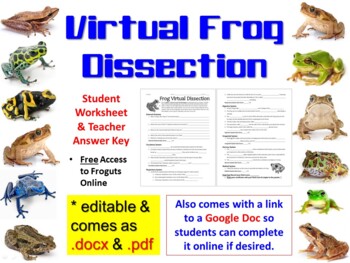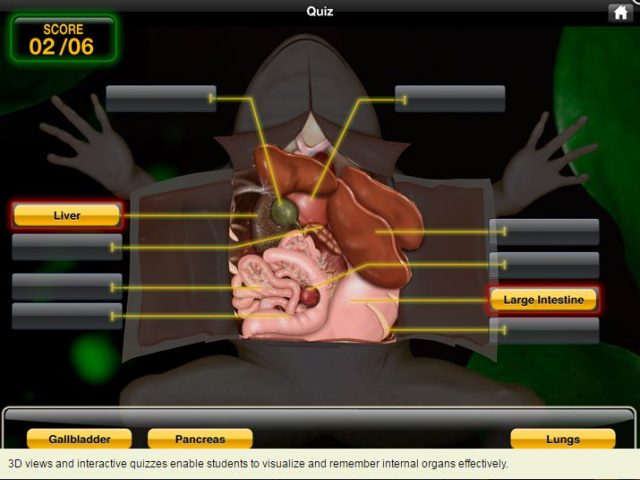

Doing so will allow us to recommend the development of new educational standards which recognize the equivalence or superiority of dissection alternatives. Frog Dissection Manual Illustrations and easy-to-follow instructions demonstrate how to properly dissect a frog and identify its anatomical structures. Exploring the anatomy of the frog allows. To fight this mindset, NAVS is working closely with educators and educational experts in the field of biology and related areas, in order to examine the desired learning outcomes of traditional dissection. By weighing the value of dissection against that of humane alternatives-including the educational, financial and environmental benefits of each method-NAVS will then be able to clearly demonstrate that the current course of action (animal dissection) that is sanctioned and promoted by the NABT and NSTA is not based on core educational values. The dissection of preserved frogs is an engaging introduction to vertebrate anatomy and mature body systems.
#Virtual frog dissection key update
In fact, a recent update to the NABT’s position statement on the “Use of Animals in Biology Education” even goes so far as to claim that the use of alternatives in place of dissection “may constitute a disservice to many students and does not acknowledge the well-documented educational benefits of hands-on dissection.” Standards published by the National Association of Biology Teachers (NABT) and the National Science Teachers Association (NSTA) promote to their members the notion of dissection as an indispensable aspect of a biology course. Key drivers in the perpetuation of this line of thinking are the country’s educational leadership organizations. We are fighting a mindset-and until that mindset changes, true progress will continue to be stymied. The goal of replacing classroom dissection with superior humane scientific methods for all students can only be achieved if the key players in this field are persuaded that doing so is the best course of action.

and bullet point descriptions of the key differences between frogs. Students use slides with descriptions and images to learn about the organ systems of. principle activity is the virtual dissection of a frog this dissection is laid out. The BioLEAP Classroom Grant offers awards of up to $1,000 to teachers in the United States who want to implement humane methods in their classrooms. This activity was created as a virtual version of the frog dissection. Use the second web link to label the frogs internal. From web-based programs and apps to physical models, teachers can find cost-effective solutions that meet their needs. Directions: Watch the virtual Dissection Introduction & External Anatomy to answer the questions. The humane solutions catalog features effective non-animal alternatives to help teach students valuable skills while they learn about anatomy and physiology. These tubes help equalize pressure.The BioLEAP Program provides resources to teachers who want to use alternatives to animal specimens such as those used in classroom dissection exercises. These are openings to the Eustachian tubes, leading to the tympanic membranes. Two openings can be seen on the lateral sides of the mouth’s roof.The fine maxillary teeth line the upper jaw and the two prominent vomerine teeth are found behind the mid-region of the upper jaw. The esophagus leads to the stomach, and the glottis to the lungs. Identify the glottis and the opening to the esophagus.Cut through the jaw joints on each side of the mouth and open the mouth wide.The cloacal opening, or anus, is the single exit from the urinary, reproductive, and digestive systems. Locate the cloaca at the specimen’s posterior end.Part II - Complete the two virtual dissections and. In a living frog, this membrane is clear. Part I - read Why dissect a frog & the Dissection Safety Guidelines below.

This is the frog’s third eyelid, the nictitating membrane. Notice the cloudy eyelid attached at the bottom of each eye.


 0 kommentar(er)
0 kommentar(er)
